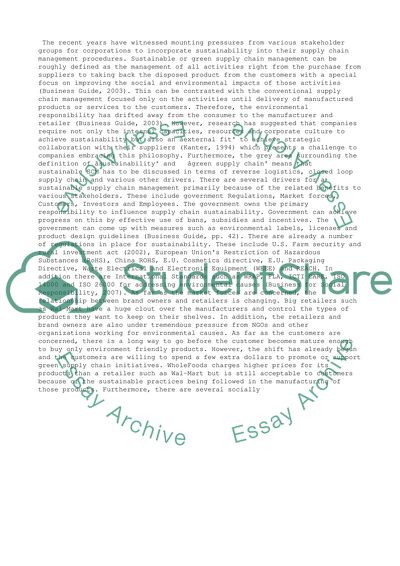Cite this document
(“CSR Essay Example | Topics and Well Written Essays - 2750 words”, n.d.)
Retrieved from https://studentshare.org/business/1393450-csr
Retrieved from https://studentshare.org/business/1393450-csr
(CSR Essay Example | Topics and Well Written Essays - 2750 Words)
https://studentshare.org/business/1393450-csr.
https://studentshare.org/business/1393450-csr.
“CSR Essay Example | Topics and Well Written Essays - 2750 Words”, n.d. https://studentshare.org/business/1393450-csr.


